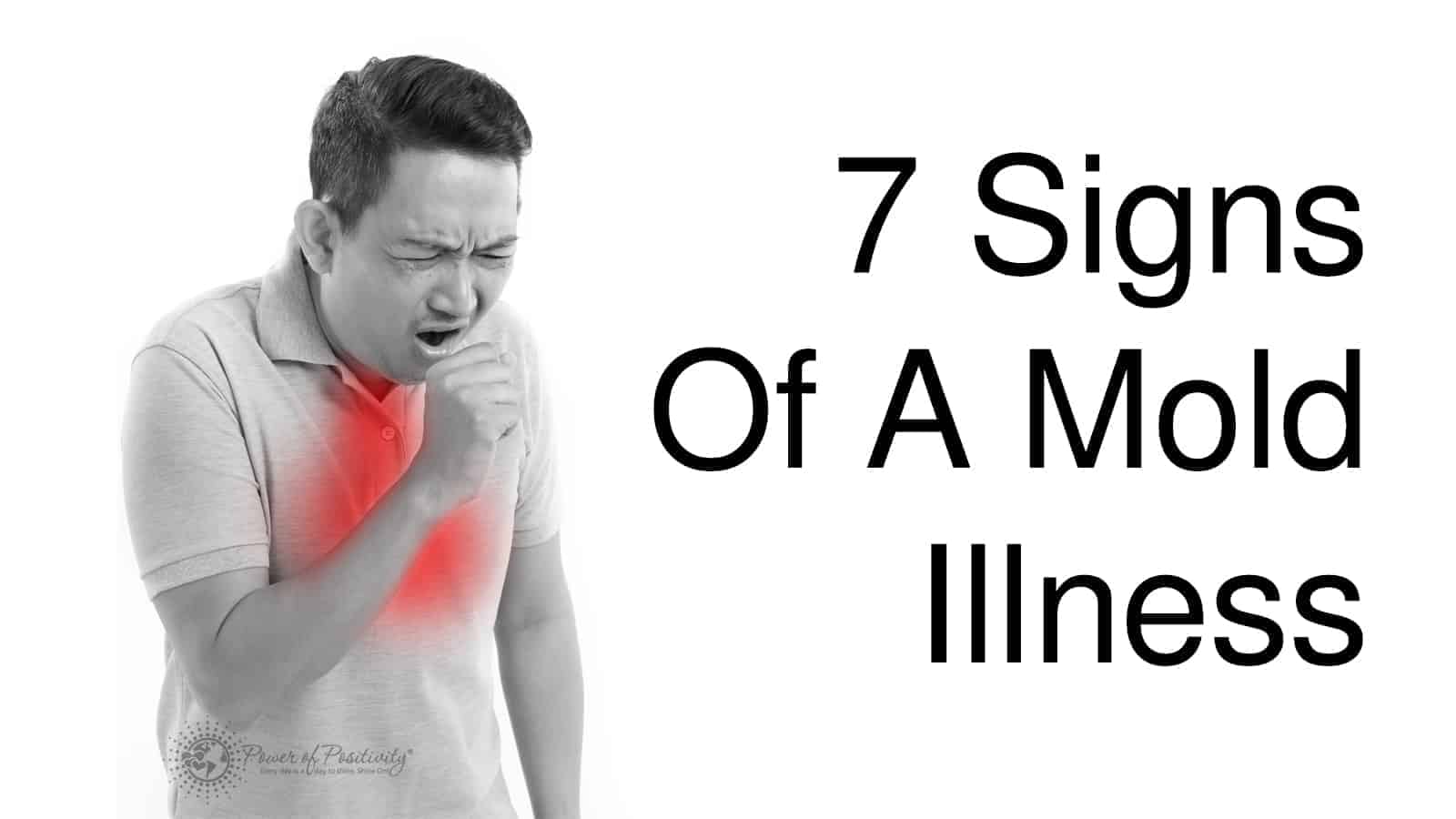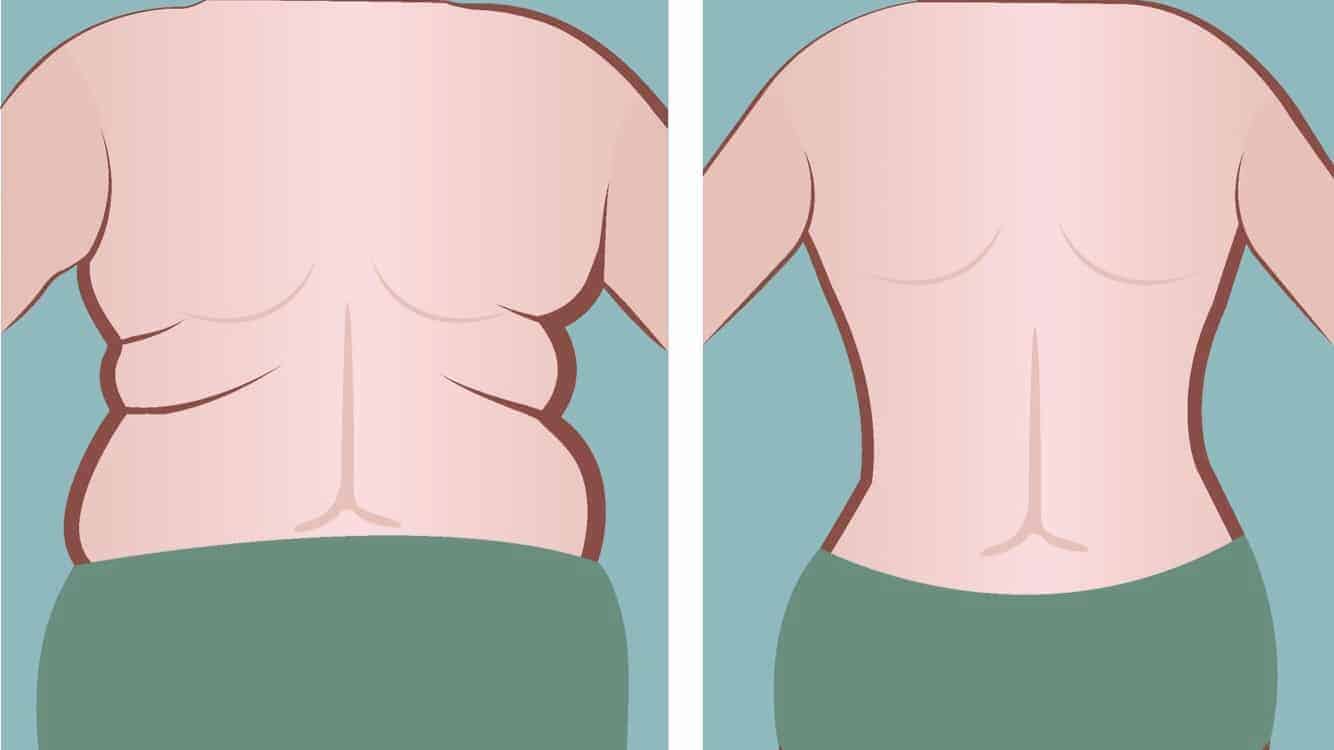You wake up feeling off—tired, achy, maybe a little foggy. You chalk it up to stress, allergies, or just one of those days. However, what if the true cause is concealed in your home, showing up as signs of a mold illness you haven’t even considered?
Mold is sneaky. It thrives in damp corners, spreads through invisible spores, and triggers symptoms that seem unrelated—until they aren’t. Mold exposure can adversely affect your health, causing symptoms such as muscle pain and brain fog, often without your awareness.
The good news? You can take control. Knowing the signs of mold illness is the first step toward protecting your body and your home. Let’s break it down—so you can breathe easier.
Where Mold Is Commonly Found (And How to Spot It Early)
Mold isn’t just a problem in old, damp basements—it can grow anywhere moisture lingers. Bathrooms, kitchens, and even your bedroom can be breeding grounds. The tricky part? Mold often hides in places you don’t check daily.
It thrives on wood, drywall, and fabrics, feeding off humidity and poor ventilation. By the time you see it, the problem is usually bigger than it looks. But mold doesn’t always announce itself with dark patches.
Sometimes, it’s the musty smell or unexplained allergies that tip you off. Knowing where to look—and what to look for—can help you stop mold before it spreads.
Bathrooms and kitchens: Steam and humidity create the perfect environment for mold on walls, tiles, and ceilings.
HVAC systems and vents: Mold spores circulate through dirty air ducts, spreading to every room in your home.
Windows and door frames: Condensation buildup fosters hidden mold growth in seals and wooden trim.
Furniture and upholstery: Sofas, mattresses, and carpets trap moisture, making them easy mold targets.
Under sinks and behind appliances: Leaks often go unnoticed, allowing mold to thrive in damp, enclosed spaces.
7 Signs of Mold Illness You Shouldn’t Ignore
Mold-related illness is tricky—it doesn’t hit all at once like a cold. Instead, symptoms creep in gradually, often mistaken for allergies, stress, or just getting older. The problem? If mold is the culprit, your body is constantly fighting an invisible enemy. And until the source is removed, the symptoms won’t go away.
Mold exposure affects people differently. Some struggle with respiratory issues, while others feel it in their gut, skin, or even mood. But the more symptoms you have—especially ones that seem random or persistent—the more likely mold is involved. Here’s how it can show up in your body:
1. Unexplained Muscle Aches and Joint Pain
Mold exposure can trigger chronic inflammation, which is the body’s natural response to toxins. Over time, this inflammation can settle in your muscles and joints, leading to stiffness, soreness, and deep aches that don’t go away. Unlike soreness from exercise, this pain isn’t relieved by stretching or movement. Some people also report feeling sharp, pinprick sensations in their muscles.

2. Digestive Problems and Food Sensitivities
Not many people associate digestive issues with mold, but they should. Mold exposure can disrupt gut health, leading to:





Mold toxins (mycotoxins) can harm beneficial gut bacteria, making digestion harder. Some people even develop sudden intolerances to foods they used to enjoy, especially grains, dairy, and fermented products—foods that can contain mold themselves.

3. Mood Swings, Anxiety, or Depression
Mold doesn’t just affect your body—it affects your brain. Studies have linked mold exposure to neurological symptoms, including mood swings, anxiety, depression, and memory issues. The reason? Mycotoxins (mold toxins) can disrupt neurotransmitter balance, causing emotional and cognitive instability.
People living in mold-contaminated environments often report feeling “off” emotionally—more irritable, anxious, or even unusually depressed. Some describe brain fog, forgetfulness, or difficulty concentrating, similar to ADHD symptoms.

4. Chronic Respiratory Issues
This is one of the most common and immediate signs of mold exposure. Mold spores irritate the respiratory system, leading to:





For those with asthma or allergies, mold exposure can make symptoms worse. Some people even develop hypersensitivity pneumonitis—a lung condition caused by prolonged mold exposure, leading to lung inflammation, difficulty breathing, and chronic fatigue.

5. Numbness, Tingling, or Skin Sensitivity
Ever get that pins-and-needles sensation in your hands or feet? Or maybe your skin feels itchy, irritated, or unusually sensitive? Mold can trigger a condition known as neuropathy, where toxins affect nerve function. Some people experience tingling, while others feel burning sensations on their skin.
In some cases, mold exposure can lead to rashes, hives, or dry, scaly patches. If you notice redness or itchiness that doesn’t go away—even without contact with visible mold—your immune system may be reacting to airborne spores.

6. Frequent Headaches and Eye Irritation
Mold exposure can trigger sinus headaches, tension headaches, and even migraines. The toxins and spores cause inflammation in the sinuses, leading to pressure, congestion, and throbbing pain around the forehead, temples, and eyes.
Meanwhile, mold spores can irritate the eyes, causing:




Some people also report a “heavy” feeling behind their eyes, similar to allergy symptoms that don’t improve with antihistamines.

7. Fatigue, Brain Fog, and Low Energy
Feeling exhausted even after a full night’s sleep? Struggling to focus on simple tasks? Mold exposure can drain your energy and disrupt cognitive function, making it harder to think clearly.
Mold toxins overload the immune system, forcing your body to work overtime to fight them. This constant internal battle leaves you feeling:



Over time, this can lead to chronic fatigue syndrome, where even minor activities feel exhausting.

How to Test for Mold Exposure in Your Body
Mold illness can be tricky to diagnose because its symptoms mimic allergies, chronic fatigue 

A urine test can detect mycotoxins—the toxins produced by mold—while blood tests can check for immune system reactions 
Some people also take a vision test 
A professional mold inspection of your living space may also provide answers. If testing confirms exposure, the next step is removing mold from your environment and supporting your body’s detox process.
Protecting Your Health from Mold
Mold exposure is sneaky, but once you recognize the signs, you can take action. Your health isn’t something to gamble with—if symptoms persist, don’t ignore them. Whether it’s improving ventilation, fixing leaks, or seeking professional help, small steps make a big difference.
Key Takeaways
- Mold illness often mimics allergies or fatigue—don’t overlook persistent, unexplained symptoms.
- Testing for mold exposure can confirm if it’s affecting your health.
- Keeping humidity low and fixing leaks helps prevent mold from taking hold.
If symptoms like chronic fatigue, respiratory issues, or brain fog don’t improve, talk to a doctor. And if your home smells musty or has a history of leaks, it’s worth investigating. Your health—and your peace of mind—are worth it.


















